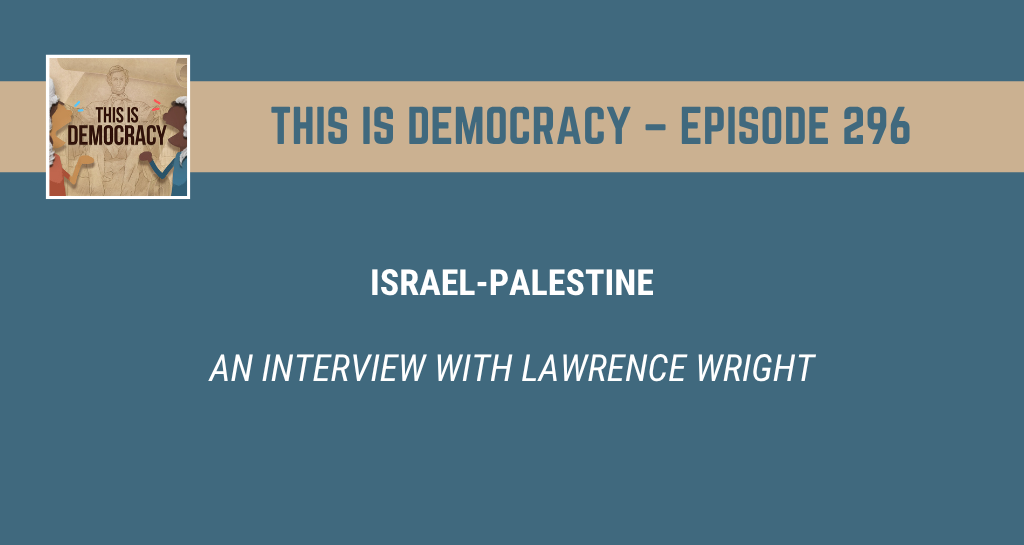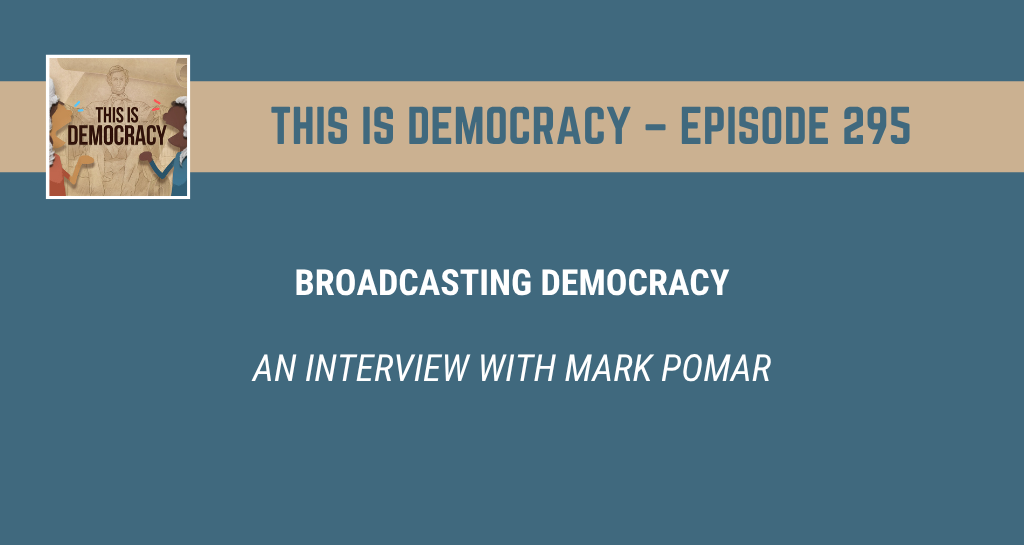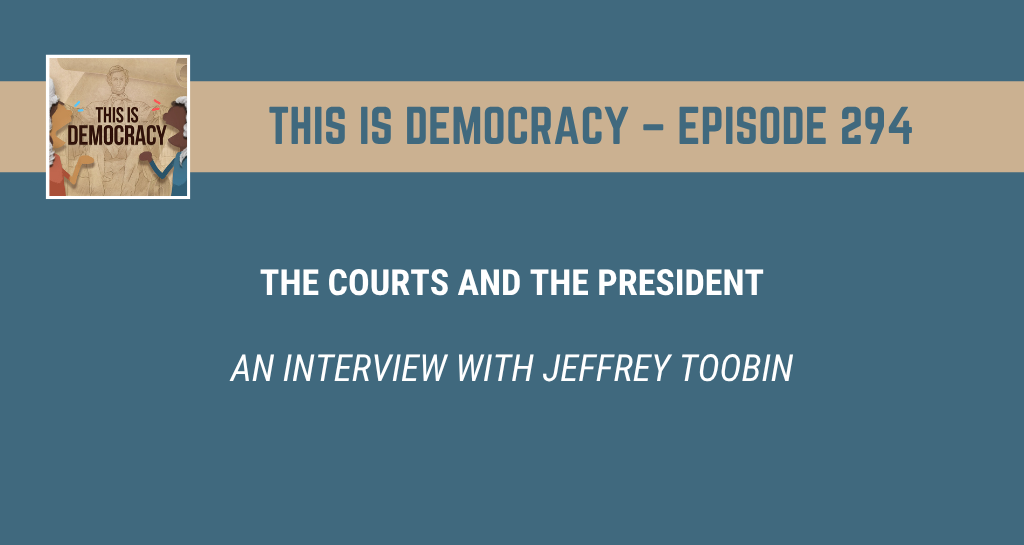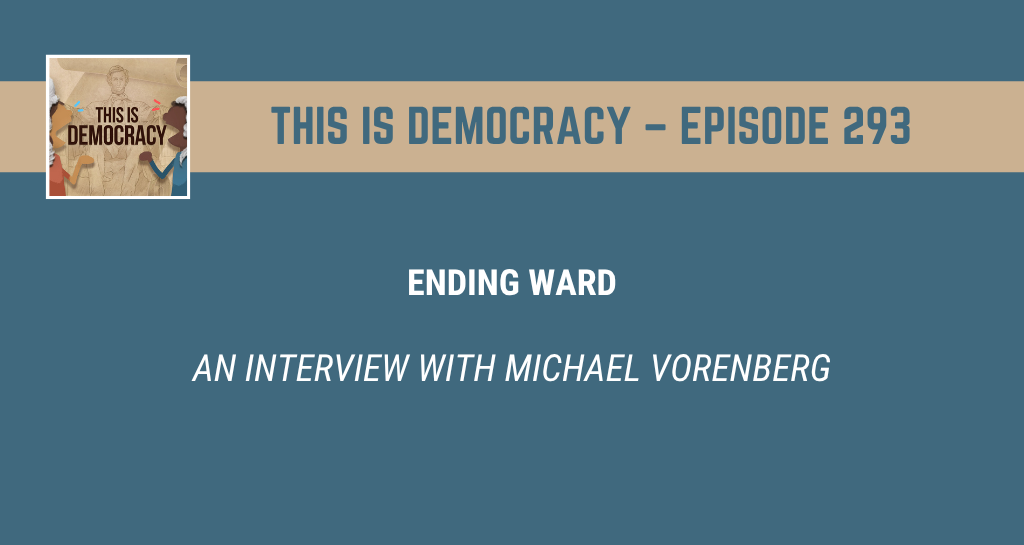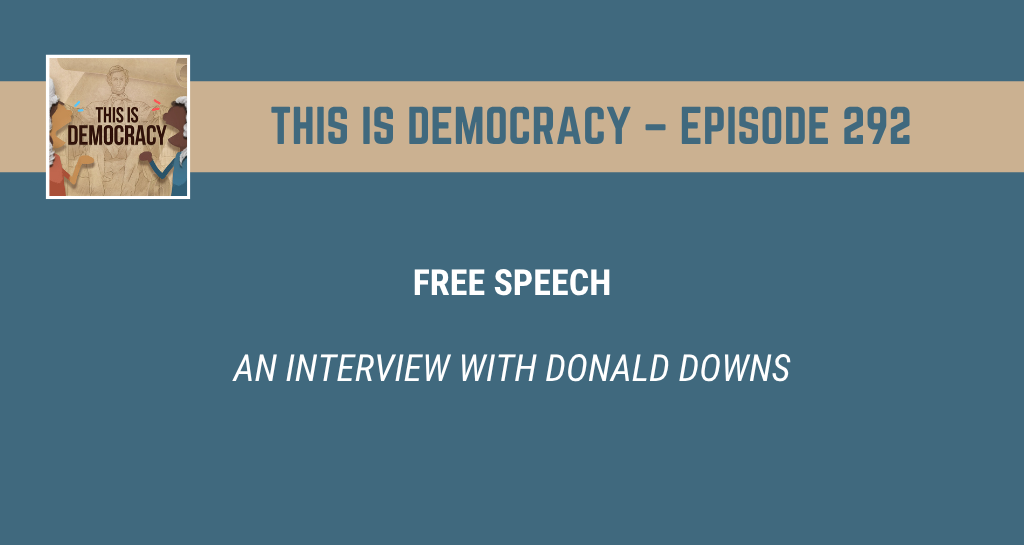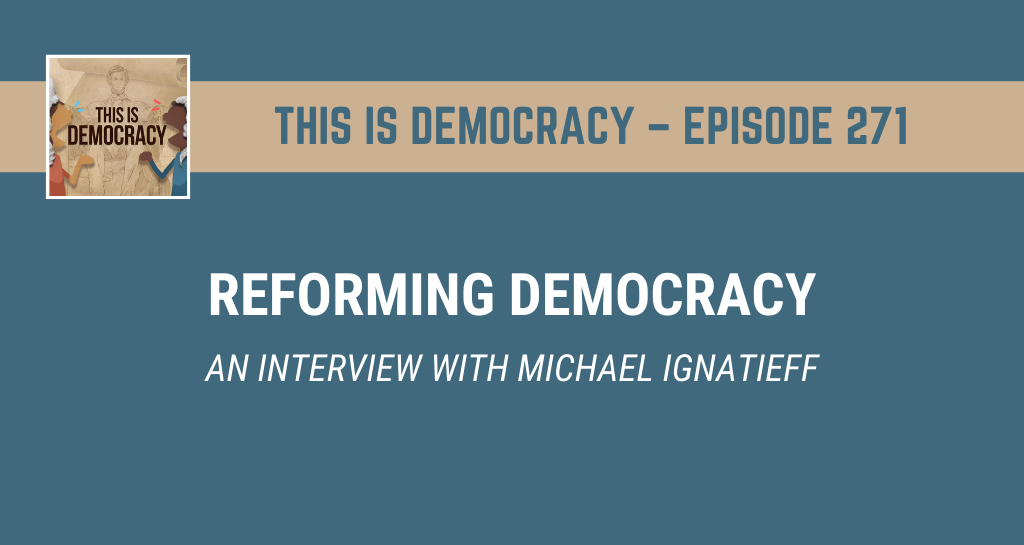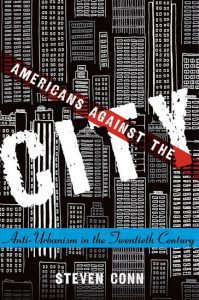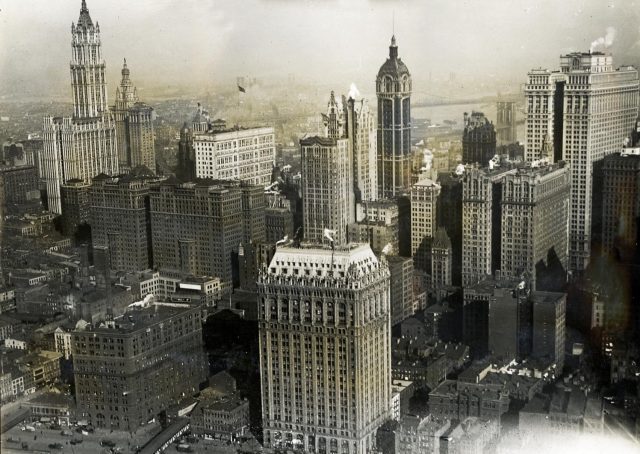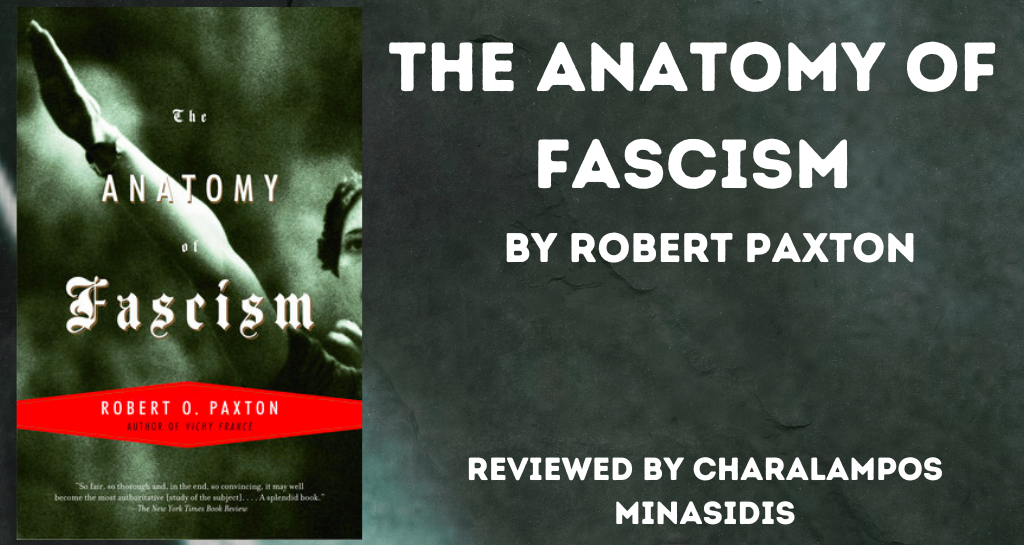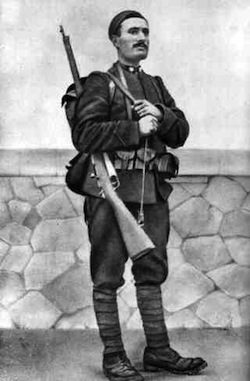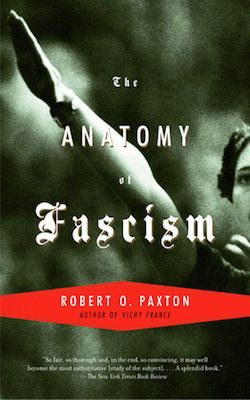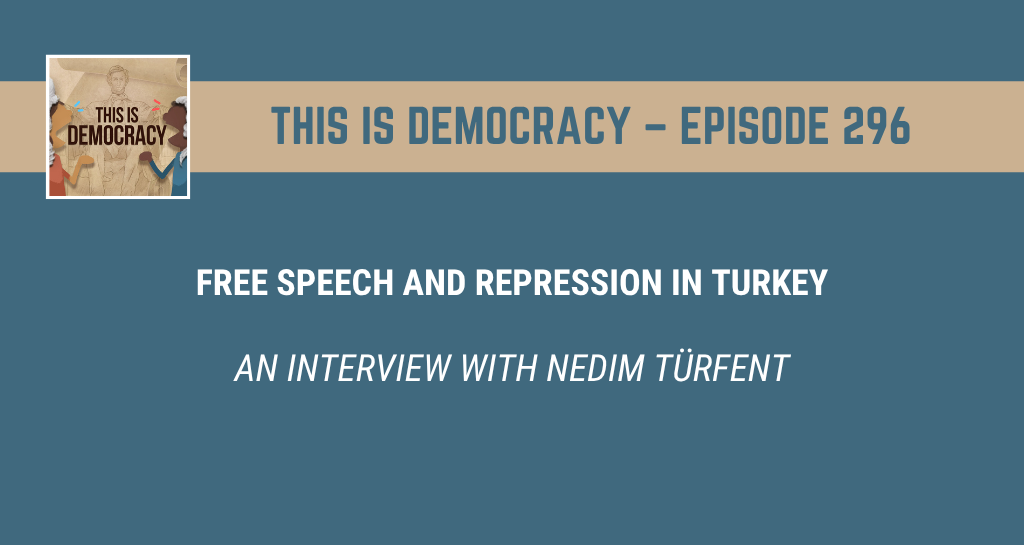
Content Warning: This episode contains discussions of political imprisonment, torture, threats of r*pe, and human rights abuses. Viewer discretion is advised.
Jeremi and Zachary speak with Kurdish journalist Nedim Türfent, who spent over 2,400 days in a Turkish prison after releasing footage of state forces mistreating Kurdish workers. He was denied a fair trial, convicted on coerced testimony, and silenced for speaking truth. In confinement, he turned to poetry—smuggling out verses that have since reached global audiences. His words remain a powerful testament to resistance, memory, and humanity.
